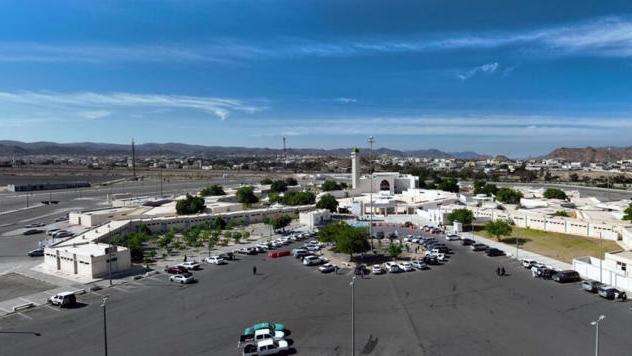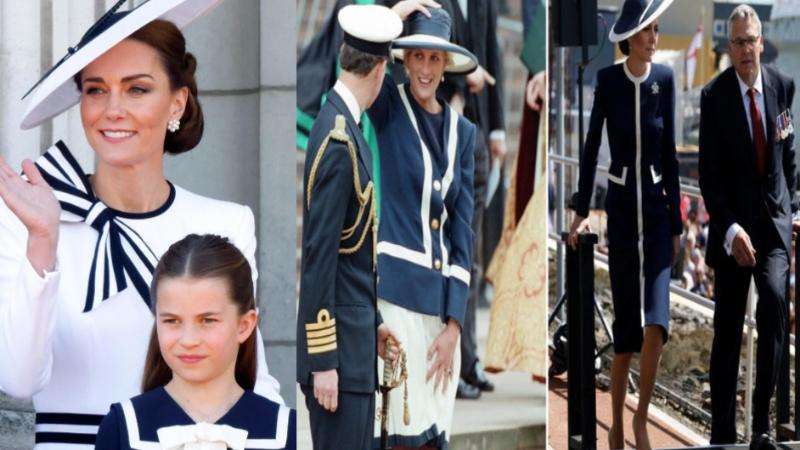The UK's Shifting Housing Landscape and Burnley's Resurgence
Just a few years ago, the Lancashire town of Burnley faced significant challenges. Racial tensions escalated into riots in 2001, leaving a scar on areas like Duke Bar, where Victorian terraced streets, once bustling with weavers, became associated with crime and plummeting property values. Roads like Cameron Street and Spencer Street, named after the mills they served, were at the epicentre of this unrest. However, a remarkable transformation is underway, Daily Dazzling Dawn understands.
Today, these same streets, where two-bedroom terraces are now selling for just over £50,000, are at the heart of a surprising renaissance. What were once symbols of decline are now attracting new residents and investors, drawn by the jaw-dropping affordability. This turnaround isn't just about cheap houses; it's about a renewed sense of community and stability.
The Cheapest Streets in the UK and Beyond
While official "cheapest street" rankings can fluctuate, Cameron Street and Spencer Street in Burnley are consistently cited as among the most affordable in the UK. For context, the average price of a terraced home in London stands at a staggering £770,000, highlighting the vast disparity in the UK housing market. This makes areas like Burnley an incredibly attractive proposition for first-time buyers, young families, and even investors looking for high rental yields.
Burnley's Journey: From Turmoil to Turnaround
The transformation in Burnley, particularly in areas like Duke Bar, is a testament to community resilience and strategic intervention. Great-grandad John Ingham, 72, a resident of Cameron Street for 40 years, vividly recalls the difficult times. The riots, fuelled by social degradation and escalating tensions between predominantly Asian and White communities, led to a period of decline marked by drug-related crime.
However, Mr. Ingham attests that those days are now a distant memory. He points to a significant shift with the influx of working families from diverse ethnic backgrounds. "I have brilliant neighbours now... the area has improved massively. You don't have the houses boarded up anymore, people have invested in the properties," he explains. The solid, 120-year-old sandstone houses, built to last, seem to have outlived the chaos, now standing as symbols of renewed hope.
Burnley Council has played a pivotal role in this revival. The council has actively worked to rejuvenate the housing stock, acquiring over 1,000 empty homes in the past 14 years to return them to use. Furthermore, national developers like Seddon and Barratt Homes, alongside regional builders, are investing in new housing developments, offering a mix of affordable homes and properties designed for older residents.
Factors Driving Affordability and Quality of Life
Burnley's appeal extends beyond just low property prices. The council emphasizes that the town offers a high quality of life alongside its affordability. With a vibrant town centre, award-winning Green Flag parks, an expanding university campus, and strong transport links to nearby cities like Manchester (a 45-minute train journey costing between £11.60 and £15.70), Burnley is increasingly attractive.
While some young people may still seek opportunities abroad, there's a clear trend of new residents and investors moving into Burnley, drawn by the value for money. This influx is contributing to the ongoing revitalization, turning once troubled streets into thriving, diverse communities where the smell of fresh paint has replaced the echoes of past unrest.
The Broader UK Housing Market Context
Burnley's story highlights a critical aspect of the current UK housing market: the widening gap between overheated urban centres and more affordable regional towns. While major cities continue to see high demand and inflated prices, areas like Burnley offer a viable alternative for those seeking homeownership or investment opportunities.
This trend is also influenced by hybrid working models, making commuting less of a daily burden and opening up opportunities in more distant, affordable locations. The focus on regenerating existing housing stock, as seen with Burnley Council's efforts, alongside new developments, is crucial for addressing the national housing crisis and providing diverse options for a range of buyers.
In conclusion, the story of Burnley's "cheapest streets" is not just about low property prices; it's a compelling narrative of community spirit, strategic investment, and a remarkable turnaround that showcases the potential for revival in areas once facing significant socio-economic challenges. As the UK housing market continues to evolve, towns like Burnley are demonstrating that affordability and quality of life can indeed go hand in hand.


_7.jpg)

_8.jpg)



.svg)


